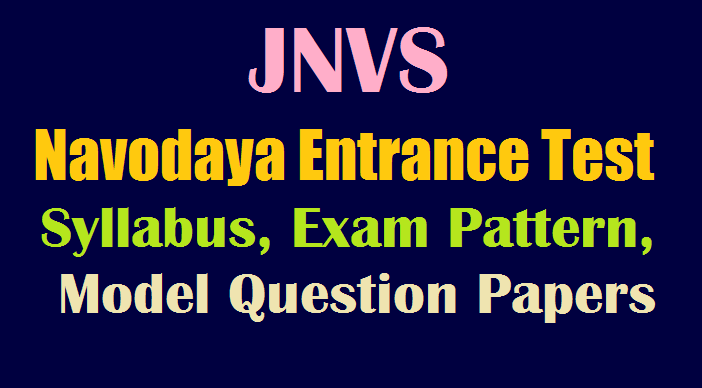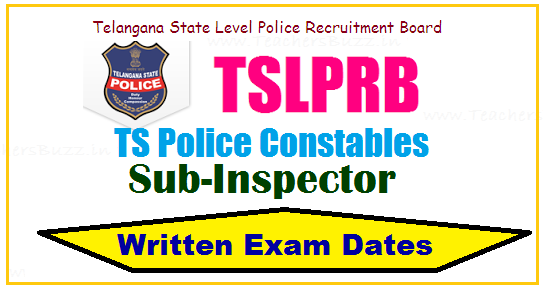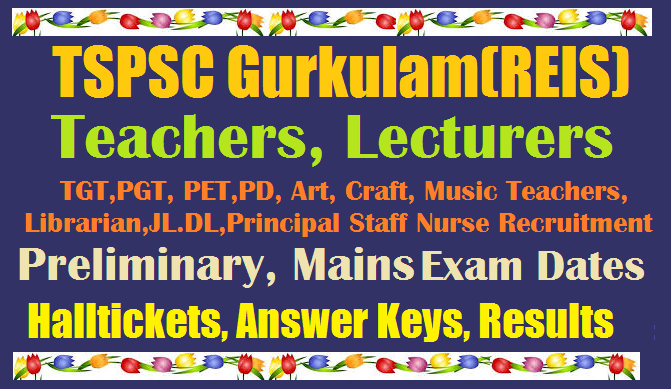Navodaya 6th Class Entrance exam Model Question Papers, Syllabus, Exam Pattern 2024-25
Navodaya 6th Class Entrance exam Model Question Papers, Syllabus, Exam Pattern 2024-25
JNV- Navodaya Entrance Test Syllabus, Exam Pattern and Model Papers 2024-25 JNV- Navodaya Entrance Test 2024 Syllabus, Exam Pattern, Model Question Papers 2024-25 JNV- Navodaya Entrance Test Syllabus, Exam Pattern and Model Papers, Navodaya Entrance Test Syllabus, Instructions and Model Papers, Navodaya Entrance Test Syllabus, Instructions and Model Papers, Each candidate should know about the Navodaya Selection Test pattern,Navoadaya Entrance Test Details,Navodaya Entrance Test Syllabus and Model Question Paper, Nature of the NVS Entrance Test details are given here.
Model Question Papers, Syllabus, Exam Pattern for Navodaya 6th Class Entrance exam 2024-25
The Navodaya Vidyalaya System is a unique experiment unparalleled in the annals of school education in India and elsewhere. Its significance lies in the selection of talented rural children as the target group and the attempt to provide them with quality education comparable to the best in a residential school system. Such children are found in all sections of society, and in all areas including the most backward. But, so far, good quality education has been available only to well-to-do sections of society, and the poor have been left out. It was felt that children with special talent or aptitude should be provided opportunities to proceed at a faster pace, by making good quality education available to them, irrespective of their capacity to pay for it.These talented children otherwise would have been deprived of quality modern education traditionally available only in the urban areas. Such education would enable students from rural areas to compete with their urban counterparts on an equal footing. The National Policy on Education-1986 envisaged the setting up of residential schools, to be called Jawahar Navodaya Vidyalayas that would bring out the best of rural talent.
Navodaya Entrance Exam Hall Tickets
Click Here to View Previous Year Question Booklet
JNVS Admission Entrance Test Model Papers :
The sample papers are used to prepare well for the entrance test through practising. The previous solved papers link are mentioned below for the reference. The aspirants can use the links provided below & finding their difficulties in the entrance test. The aspirants can get a number of JNVST Entrance Previous Solved Papers .
| Sr. No. | Academic Year (Question Paper and Answer) | Get QP and Answers |
| 1 | JNVST Class VI Entrance Test | Download Here |
| 2 | JNVST Entrance Solved Paper | Download Here |
| 3 | JNVST Entrance Solved PAper | Download Here |
| 4 | JNVST Entrance Previous Paper | Download Here |
| 5 | JNVST Entrance Sample Peper | Download Here |
| 6 | JNVST Entrance Question Paper with Solutions | Download Here |
| 7 | JNVST Entrance Solved Question Paper | Download Here |
| 8 | JNVST Entrance Question Solutions | Download Here |
| 9 | JNVST Entrance Model Papers | Download Here |
| 10 | JNVST Entrance Test Sample Papers | Download Here |
| 11 | JNVST Entrance Solved Papers | Download Here |
➤ Divisional Navodaya Model Question Paper TM
➤ Divisional Navodaya Model Question Paper EM
➤Download Ansewr key for TM, EM Key
Download JNV Selection Test Sample Model Papers with Answer Solutions:
| Year of the JNVST Exam and Paper and Answers | Link |
| 2013 | Download |
| 2002 | Download |
| 2002 | Download |
| 2003 | Download |
| 2004 | Download |
| 2005 | Download |
| 2006 | Download |
| 2007 | Download |
| 2007 | Download |
| 2008 | Download |
| 2008 | Download |
| 2009 | Download |
| 2009 | Download |
| 2010 | Download |
| 2010 | Download |
| 2012 | Download |
JNVS SELECTION TEST 2024 Syllabus, Exam Pattern, Model Question Papers :
1. Centre for Examination:
Each candidate shall appear for the selection test at the examination centre allotted to him/her as indicated on the Admit Card. No candidate is permitted to appear from any other centre. No request for change of centre will be entertained. No candidate can appear in the selection test without the proper Admit Card. The competent authority for issuing the Admit Card is Principal, JNV.
2. Language of the Examination
The language/medium of the examination for the candidate will be the medium through which the candidate is studying in Class-V.
A candidate will be given a test booklet in the language he/she has mentioned in the application form and admit card. It must be ensured that Same Medium of Examination/Language is written in the Application Form (Col.10) and Admit Card (Col.1). The test booklet is available in the following languages:
3. Composition of the Test
The selection test will be of two-hour duration and will have 3 sections with only objective type questions. There are 100 questions in all of 100 marks. Each question carries one mark:
A single test booklet comprising of the 3 sections will be given to each candidate.
4. Method of Recording Answers
a) A separate Answer sheet will be provided. Candidates are required to indicate their answers at an appropriate place on the answer sheet itself. The Answer sheet will be of intelligence Character Recognition (ICR)/Optical Character Recognition (OCR) Sheet. A copy of specimen Answer Sheet is enclosed.
b) Only Blue/Black Ball Point Pen is to be used to write on the answer sheet. Candidates should bring their own ballpoint pens. Use of pencil is strictly prohibited.
c) For each question, there are four probable answers, out of which only one is correct. The candidate is required to select correct answer and indicate correct corresponding number (1, 2, 3, 4) given against the probable answers on the answer sheet. Any other mode such as marking ( Ö ) OR (a, b, c, d) OR (A, B,C, D) OR (BÉE, JÉ, MÉ, PÉ) etc. to indicate the answers on the answer sheet will not be accepted. For example if your answer for Question no. 37 is 3, write as
d) No change in the answer once written is allowed. Overwriting, cutting and erasing on the Answer Sheet is also not allowed.
e) One mark will be given for every correct answer.
f) No negative marking will be done.
5.About Instruction and Example
a) The candidate must carefully read the instructions given on the cover page of the test booklet as well as those for each test/section before attempting the questions.
b) Candidates are advised to confirm that the test booklet received by them is of the language opted for the test. In case test booklet of correct language opted for is not provided, the candidate should get it changed before start of the examination. It is the responsibility of the candidate to obtain the test booklet of his choice as opted in the application form. No representation in this regard will be entertained after the examination is over.
c) About one minute may be needed to answer each question. Therefore, the candidate should not spend too much of time on a particular question. If a question is found difficult to answer he/she may leave it and move on to the next one. This will help to save time. Once the candidate completes all the questions in a test, he/she may try those questions, which he/she had left in the first attempt.
d) The total time would be two hours without any break.
e) Securing qualifying marks in each of the three tests is essential. Candidates are advised not to spend more time on each section of test than suggested, although they are free to adjust the total time, as they like.
f) There will be a bell after every 30 minutes.
(1) No candidate will be allowed to appear in the selection test without proper Admit Card.
(2) No candidate will be allowed to enter the examination hall/ room after 30 minutes of the commencement of the selection test.
(3) No candidate will be allowed to leave the examination hall / room before completion of 60 minutes after commencement of the test.
Nature of the NVS Entrance test
Section-1: Mental Ability Test (MAT)
This is non – verbal test. Questions are based on figures and diagrams only. Questions are meant to assess general mental functioning of the candidates. The section is divided into ten paras having 5 questions each.
PART-I:( ODD-MAN OUT):
Directions: In questions 1 to 5, four figures 1, 2, 3 and 4 have been given in each question. Of these four figures, three figures are similar in some way and one figure is different. Select the figure which is different.
PART- II:( FIGURE MATCHING):
Directions: In questions 6 to 10, a problem figure is given on the left side and four answer figures marked 1, 2, 3, 4 are given on the right side. Select the answer figure which is exactly the same as the problem figure.
PART- III:( PATTERN COMPLETION)
Directions: In questions 11 to 15 there is a problem figure on the left hand side, a part of which is missing. Observe the answer figures 1, 2, 3, 4 on the right hand side and find out the answer figure which without changing the direction, fits in the missing part of the problem figure in order to complete the pattern in the problem figure.
PART- IV:( FIGURE SERIES COMPLETION)
Directions: In questions 16 to 20, there are three problem figures on the left hand side and the space for the fourth figure is left blank. The problem figures are in a series. Find out one figure from among the answer figures given on the right hand side, which occupies the blank space for the fourth figure on the left hand side and completes the series.
PART – V:( ANALOGY)
Directions: In questions 21 to 25, there are two sets of two problem figures each. The second set has a mark of interrogation (?). There exists a relationship between the first two problem figures. Similar relationship should exist between the third and fourth problem figure. Select one of the answer figure which replaces the mark of interrogation.
PART – VI:[ Geometrical Figure Completion (Triangle, Square, Circle) ]
Directions: In questions 26 to 30 one part of a square is on the left hand side as question figure and the other one is among the four answer figures 1, 2, 3, 4 given on the right hand side. Find out the figure that completes the square.
PART – VII:(MIRROR IMAGING)
Directions: In questions 31 to 35 there is a problem figure on the left side and four answer figures marked 1, 2, 3, 4 are given on the right side. Select the answer figure which is exactly the mirror image of the problem figure when the mirror is held at X Y.
PART – VIII: (PUNCHED HOLD PATTERN – Folding/Unfolding)
Directions: In question 36 to 40 a piece of paper is folded and punched as shown in problem figures on the left side and four answer figures marked 1, 2, 3, 4 are given on right side. Select the answer figure which indicates how the paper will appear when opened (unfolded).
PART – IX: (SPACE VISUALISATION)
Directions: In questions 41 to 45 a problem figure is given on the left side and four answer figures, marked 1, 2, 3, 4 are given on the right side. Select the answer figure which can be formed from the cut-off pieces given in the problem figure.
PART –X (EMBEDDED FIGURE)
Directions: In questions 46 to 50 a problem figure is given on the left side and four answer figures, marked 1, 2, 3, 4 are given on the right side. Select the answer figure in which the problem figure is hidden/ embedded.
Section 2: Arithmetic Test
The main purpose of this test is to measure candidate’s basic competencies in Arithmetic. All the Twenty-five questions of this test will be based on the following 15 topics
1. Number and numeric system.
2. Four fundamental operations on whole number.
3. Fractional number and four fundamental operations on them.
4. Factors and multiple including their properties.
5. LCM and HCF of numbers.
6. Decimals and fundamental operations on them.
7. Conversion of fractions to decimals and vice-versa.
8. Applications of number in measure length, mass, capacity, time, money etc
9. Distance, time and speed.
10. Approximation of expressions.
11. Simplification of Numerical Expressions,
12. Percentage and its applications.
13. Profit and loss.
14. Simple interest.
15. Perimeter, area and volume.
Note:- Emphasis will be more on testing of understanding and Application of the concepts and skills involved.
Section 3: Language Test
The main purpose of this test is to assess reading comprehension of the candidates. The test consists of three passages. Each passage is followed by 5 questions. Candidates shall read each passage carefully and answer the questions that follow. In addition, there will be 10 questions to test grammar and writing skills of candidates.



